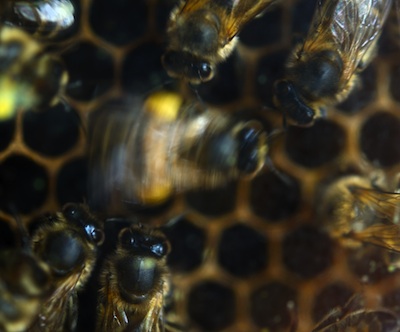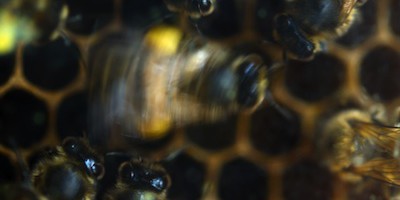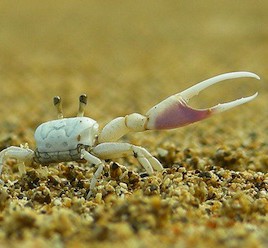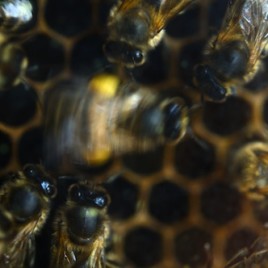
The ‘waggle dance’ that bees use to tell each other about the best foraging grounds could be used to monitor the success of environmental management programs, according to a new paper. (Photo credit: Roger Schürch)
The famous ‘waggle dance’ that bees use to tell each other about the best foraging grounds could be used to measure the success of conservation programs, according to new research.
Scientists ‘eavesdropped’ on 5,484 bee dances in a mixed urban-rural area and found that the best forage was located in a particular nearby nature reserve, but that other reserves that were impacted by lawn mowing were less favoured. The authors say the method could help monitor the success of environmental management programs.
Original research paper published in the the journal Current Biology on May 22, 2014.
Names and affiliations of selected authors



